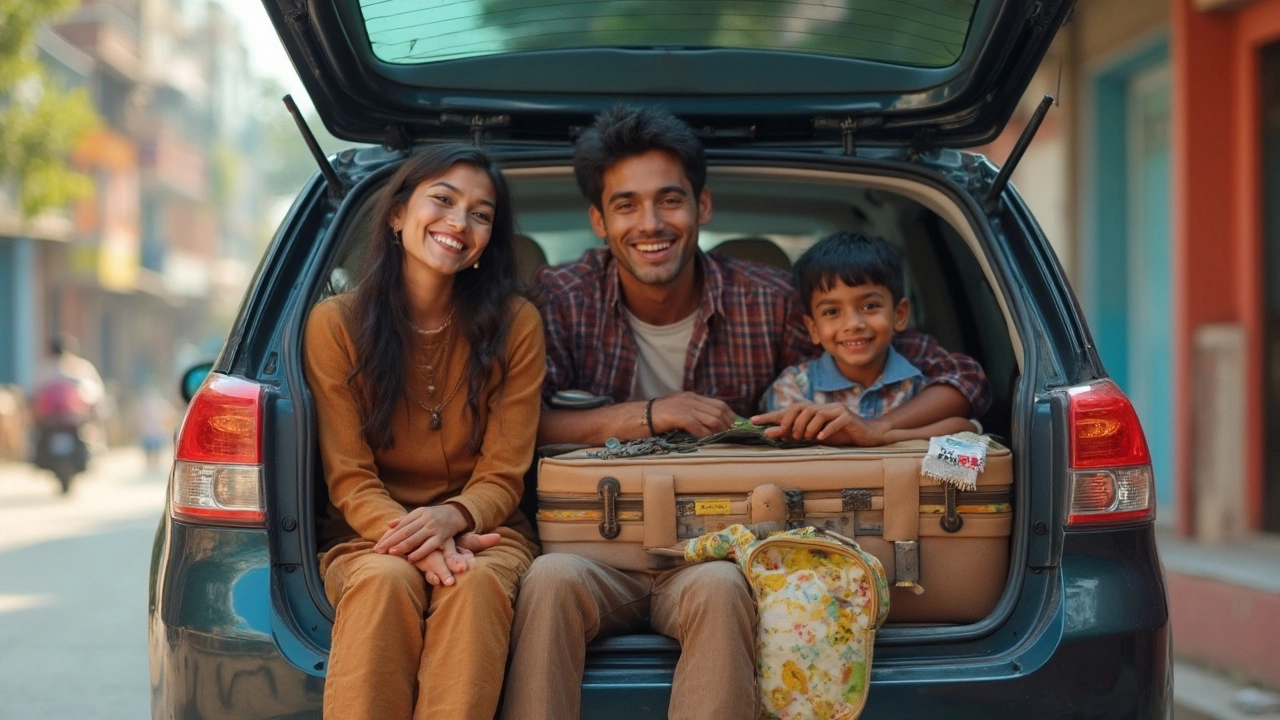Trip Costs in India: What You Really Pay for Jungle Camps and Adventure Trips
When you think about a trip cost, the total amount you spend to experience a journey, including transport, accommodation, permits, and guides. Also known as travel budget, it’s not just the price tag on a jungle camp listing—it’s everything you’ll spend from the moment you book until you get home. Most people assume a jungle camp in India means a simple tent and a fixed rate. But the real trip costs include hidden fees, local taxes, guide tips, park entry passes, and even the cost of getting there. A $50-a-night camp might end up costing $150 when you add the 4-hour taxi ride from the nearest town, the mandatory forest permit, and the guide who knows where the leopards roam.
That’s why looking at jungle camp pricing, the range of fees charged for overnight stays in wilderness accommodations, often including meals and activities alone won’t save you money. You need to understand how adventure travel India, tourism focused on outdoor activities like trekking, wildlife safaris, and river rafting in India’s natural areas works. A trek in the Himalayas? That’s not just a trail—it’s a permit from the forest department, a local porter, warm meals cooked over fire, and a guide who speaks both Hindi and the local dialect. In Goa, a beachside stay might seem cheap, but if you want to rent a scooter, pay for fuel, and avoid tourist traps, you’re looking at a different budget than you thought. Even something as simple as a train ride to your destination, like the one from Delhi to Ranthambore, can add hundreds of rupees if you don’t book early.
And then there’s the budget travel India, planning a trip to India with tight spending limits while still getting authentic experiences myth. Some blogs say you can explore India on $20 a day. That’s true—if you sleep on a train platform, eat roadside chai, and skip every guided tour. But if you want to stay in a sustainable jungle camp with hot water, a wildlife expert leading your safari, and meals made from local produce, you’re looking at $70–$120 a night. That’s not expensive—it’s fair. You’re paying for safety, knowledge, and care for the land. The most expensive train ride in the world costs over $12,500, but that’s a luxury experience. Here, you’re paying for real access to wild places without the corporate markup.
What you’ll find in the posts below aren’t just prices. You’ll see real breakdowns: how much a visa costs for US travelers, why hiring a guide in the Himalayas isn’t optional, how much you save by skipping Uber in Goa, and what vaccinations actually matter for your health. You’ll learn why Nagpur is the cheapest base for central India adventures, and how to avoid paying double for temple entry as a foreigner. These aren’t guesses. These are numbers from travelers who did it, got the receipts, and shared what actually worked.
